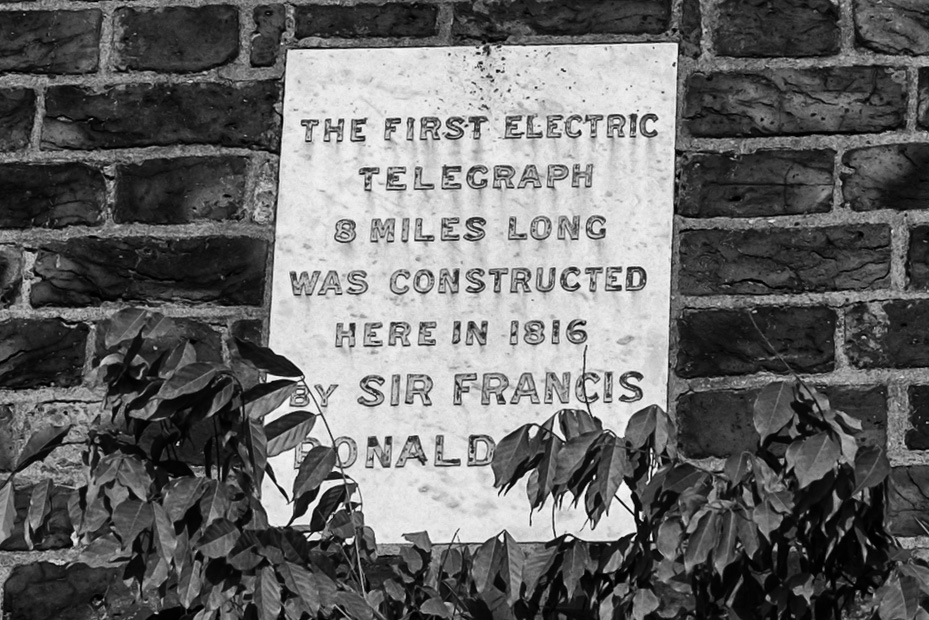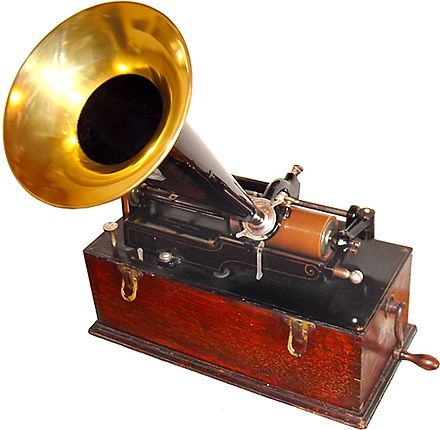This is the 5000th blog posted on Macfilos. When we started in August 2008, the topics were technology and Apple Mac computers (hence Mac-filos), with the iPhone and iPad taking up more column inches as we moved into the ‘Teens. With just a few fallow periods, I’ve been scribbling away for the past 12 years, managing to produce up to five articles a week.
Some eight years ago, though, the focus of Macfilos gradually moved away from technology to photography as I started writing about the fascinating world of Leica. I sort of lost my original enthusiasm for writing about Apple as it changed to becoming a mainstream consumer company.
These days, things are easier because we have a band of happy contributors from all over the world. They are currently providing two or even three articles a week, leaving the editor to get on with the job of editing rather than having to do too much writing. It’s still a challenge, though, and I am very grateful to our contributors for submitting articles and our many commenters for adding what is often the best part of any article. This is especially true during the current pandemic when I haven’t felt motivated to get the camera out. With luck, things are about to change, though.
As a little taster, this is what Macfilos was up to in 2010. We were light on illustrations in those days, with the main focus being on words. This article reviews a book written on the subject of modern technology published in 1891. It remains a compelling read (allowing for typical 19th-century turgidness) and, with hindsight, it is remarkable prescient.
Bear in mind, when you read the extracts, that these words were written 130 years ago…
Review: Heroes of the Telegraph by John Munro (1891)
Available on Amazon
Had blogs existed 120 years ago, John Munro would have been up there with the best of ’em. His book, which traces electronic communications from the 50-year-old and “perfected” telegraph through to the latest “modern” developments, the telephone and the phonograph, is a gem. At the time of writing, in 1891, both the telephone and phonograph had been around for little more than ten years and Munro exhibits the sort of enthusiasm now associated with the latest technology news on leading technology sites.
Munro suggests that phonograph records could be used for correspondence, for dictation and for communication “on unsteady vehicles such as trains” where writing is difficult. He also foresees audiobooks and reports that Edison can fit the whole of Nicholas Nickleby on four eight-inch wax cylinders of five-inch diameter. Shades of the old five-inch floppy disk.
“Perhaps,” he conjectures, “we could have circulating libraries which issue phonograms, and there is already some talk of a phonographic newspaper which will prattle politics and scandal at the breakfast-table. Addresses, sermons, and political speeches may be delivered by the phonograph; languages taught, and dialects preserved; while the study of words cannot fail to benefit by its performance.”
Distant lovers
“Correspondence can be carried on by phonograms, distant friends and lovers being able thus to hear each other’s accents as though they were together, a result more conducive to harmony and good feeling than letter-writing. In matters of business and diplomacy the phonogram will teach its users to be brief, accurate, and honest in their speech; for the phonograph is a mechanical memory more faithful than the living one.
“Its evidence may even be taken in a court of law in place of documents, and it is conceivable that some important action might be settled by the voice of this Deus ex Machina.
“Will it therefore add a new terror to modern life? Shall a visitor have to be careful what he says in a neighbour’s house, in case his words are stored up in some concealed phonograph, just as his appearance may be registered by a detective camera?
“In ordinary life—no; for the phonograph has its limitations, like every other machine, and it is not sufficiently sensitive to record a conversation unless it is spoken close at hand. But there is here a chance for the sensational novelist to hang a tale upon.”
Munro goes on to suggest that “the telephone may yet be adapted to work in conjunction with it [the photograph], so that a phonogram can be telephoned, or a telephone message recorded in the phonograph. Such a ‘telephonograph’ is, however, a thing of the future.”
“Wills and other private deeds may of course be executed by phonograph. Moreover, the loud-speaking instrument which Edison is engaged upon will probably be applied to advertising and communicating purposes. The hours of the day, for example, can be called out by a clock, the starting of a train announced, and the merits of a particular commodity descanted on.
Music to the ears
At the time of Munro’s book in 1891 the photograph as a means of music reproduction was in its infancy and, as is clear from the narrative, dictation and voice were considered to be primary areas of use. However, Munro does glimpse the future:
“Musicians will now be able to record their improvisations by a phonograph placed near the instrument they are playing. There need in fact be no more ‘lost chords.’
“Lovers of music, like the inventor himself, will be able to purchase songs and pieces, sung and played by eminent performers, and reproduce them in their own homes. Music-sellers will perhaps let them out, like books, and customers can choose their piece in the shop by having it rehearsed to them.”
The tech Mummy
Nevertheless, Munro soon back to the spoken word:
“In preserving for us the words of friends who have passed away, the sound of voices which are stilled, the phonograph assumes its most beautiful and sacred character. The Egyptians treasured in their homes the mummies of their dead. We are able to cherish the very accents of ours, and, as it were, defeat the course of time and break the silence of the grave.
“The voices of illustrious persons, heroes and statesmen, orators, actors, and singers, will go down to posterity and visit us in our homes. A new pleasure will be added to life. How pleasant it would be if we could listen to the cheery voice of Gordon, the playing of Liszt, or the singing of Jenny Lind!”
While Munro indicates that the telegraph had been perfected and that the telephone was well on the way to perfection by 1891, he sees further advancement capabilities of the phonograph:
“Doubtless the rendering of the phonograph will be still further improved as time goes on; but even now it is remarkable; and the inventor must be considered to have redeemed his promises with regard to it. Notwithstanding his deafness, the development of the instrument has been a labour of love to him; and those who knew his rare inventive skill believed that he would some time achieve success. It is his favourite, his most original, and novel work.
“For many triumphs of mind over matter Edison has been called the ‘Napoleon of Invention,’ and the aptness of the title is enhanced by his personal resemblance to the great conqueror. But the phonograph is his victory of Austerlitz; and, like the printing-press of Gutenberg, it will assuredly immortalise his name.”


Edison’s baby
In 1891, however, the phonograph hadn’t shown its true potential. Even Edison was prepared to be surprised. Munro concluded:
“‘The phonograph,’ said Edison of his favourite, ‘is my baby, and I expect it to grow up a big fellow and support me in my old age.’ Some people are still in doubt whether it will prove more than a curious plaything; but even now it seems to be coming into practical use in America, if not in Europe.”
This book is a delight and is a must-read for all technophiles. It has probably been out of print for decades, yet through the Gutenberg project, we can read it again. Much of the book is concerned with the development of the electric telegraph and, of particular interest, the trials and tribulations of undersea cable laying.


Thanks Mike You have been responsible for a massive amount of most interesting work though I do sometimes wish you would slow down a bit and leave some of the more interesting articles up in the prime spots for longer. Maybe the so rapid turn round might also have a bearing on why several have commented about it being nice to re see some old articles? That said. Best wishes, Thank you, and may you long keep up the good work. Don
Thanks, Don. It’s always a fine balance between writing too often and too infrequently. I try to limit it to one post every weekday but the Friday feature does stay up for three days as some compensation. However, the layout of the home screen does continue to highlight stories over the previous couple of weeks. Again, thanks for your support, especially since we have now known each other for nearly sixty years!
Congratulations on reaching this epic milestone, I bet you never considered the implications of the amazing venture you set out on. Or the fact you probably now reach out to a whole sub section of the globe that initially wouldn’t have noticed this recent retiree wittering on about niche products, sold by a niche company.
I suspect that if you continue on your current trajectory who knows where the journey may take you – us – or the entire readership.
You fulfil the one thing I advocate to every single person who works for me and retires – “Have a plan, and do something with that plan.” My view is based on those who don’t have a plan, tend not to last as long as they may have hoped. (its sad but true). As an example, my grandfather retired at 63, he went on to do other things in retirement, involved himself in lots of things, painting, various activities that were social, and spending time with my grandmother. He had served in WW2, and worked in for the gas board his entire life. He died last year aged 98, Oddly I was the same age at his death that he was when I was born. He owned Apple products, understood technology and was probably one of the more intelligent people I have known. But he lived a long time because he filled his life with interesting and evocative things, and he had a view on those things.
Here is to another 5000 articles Mike. I suspect it is a very rich, engaging and rewarding experience. One that many people will thank you for being part of, me included.
Many thanks, Dave. There’s one thing for sure and that is that I wouldn’t have had the gumption to carry on to 5,000 if it hadn’t been for the tremendous support I get from all contributors. I’ll use your father as a role model and, if I’m lucky enough to live as long as he did I will probably touch 15,000 posts! But I’m not holding my breath on that one, best to enjoy life as much as possible.
Well, there’s your solution to overworked editorship, Mike: one or two articles from past years, starting 2008, and it will be a long time before you catch up with the present again! And we shall be mightily entertained in the meantime…………
John S suggested this some time ago and I have been trickling out some of the older articles for some time. I’ll pay more attention now since it seems that readers like them. Readership has increased dramatically in the past few years and I suspect many of our current visitors won’t have seen earlier stuff.